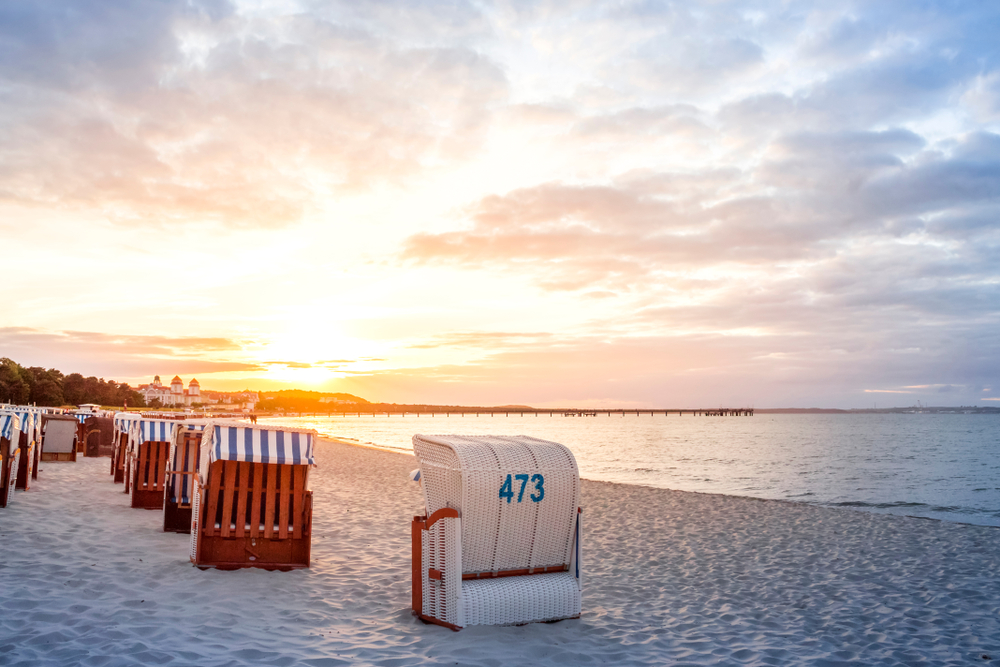
You are looking for a suitable holiday destination in Germany. How about an eventful holiday between the Baltic Sea and the Mecklenburg Lake District? Mecklenburg-Western Pomerania borders the Baltic Sea in the north and the Mecklenburg Lake District in the south, a 600-kilometre-long network of rivers, canals and more than 2,000 lakes. Mecklenburg-Western Pomerania can boast 3 national parks, 8 nature parks, more than 100 different nature reserves and numerous old towns, palaces, castles and many other architectural monuments. In the holiday region of Mecklenburg-Western Pomerania, holidaymakers will find relaxation, lots of nature and also cultural activities.
Sights in Mecklenburg-West Pomerania
Among the numerous sights in the country, there are some that you should definitely have seen. In addition to cities such as Rostock, Wismar and Greifswald, the most famous excursion destinations include the Baltic Sea island of Rügen.
University city of Rostock
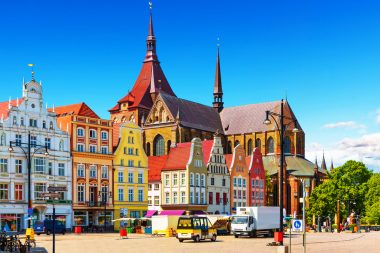
The university city of Rostock on the Baltic Sea offers its visitors numerous architectural monuments and sights. The St. Mary’s Church from 1230, which dominates the cityscape, is Rostock’s most beautiful church building. From the outside, the three-aisled basilica with transept and the west building with its mighty tower substructure can be admired. The 86.32-metre-high tower can be seen from afar. A special attraction inside the church is the large 11-metre-high astronomical clock with an apostolic ambulatory. The movement from 1472, which still runs precisely today, is a unique technical masterpiece of medieval watchmaking. Other works of art worth seeing inside are the bronze baptismal font, the late Gothic Rochus altar, the pulpit, the main altar, the baroque organ and, last but not least, unique, colourful windows with lead-framed mosaics and stained glass. Another worthwhile sight is the Alter Strom in Rostock-Warnemünde.
The promenade, which is popular with the locals with many souvenir shops, boutiques, restaurants, bars and cafés, is definitely worth a detour. Here, guests can enjoy Rostock’s gastronomy and watch fishing cutters, passenger ships, yachts and sailing boats coming in and out. Other sights in Rostock are the seaport, the university square, the town hall, the Old Mint and the Rostock maritim e.V. In the latter, visitors can expect fascinating exhibitions with many ship models from Rostock’s maritime history. For families with children, a visit to Rostock Zoo is suitable. Around 4,200 wild animals live on the 56-hectare site. There are about 430 different species, including cheetahs, gorillas, orangutans, sloths and polar bears. The public show feedings that are presented here are particularly popular with children.
Wismar
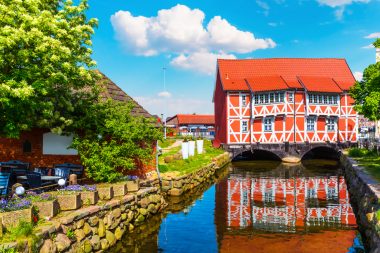
The Hanseatic city of Wismar on the Baltic Sea offers a variety of culturally and historically important buildings and sights as well as first-class gastronomy. Fish lovers in particular will get their money’s worth here. In numerous fish restaurants, such as the Seeperle fish smokehouse or the traditional To’n Zägenkrog inn, hungry guests are spoiled with delicious fish dishes. The annual Wismar Herring Days are also recommended. On 2 weeks a year, tasty herring dishes are offered in the relevant localities. As a special highlight, a large herring roast will take place on the market square in the middle of the old town of Wismar . The historic market square impresses not only with its size of one hectare (10,000 sqm), but also with many buildings worth seeing.
In addition to the magnificent town houses around the square, the town hall, the Old Swede (the oldest town house in the city of Wismar), the former city guard, the Reuterhaus and above all the famous Wismar waterworks are more than worth a look. Visitors to the city of Wismar should also visit the St. Nikolai Church, built in the late Gothic style from 1381. The nave of the church, with a height of 37 meters, is only topped by Cologne Cathedral in Germany . Another attraction of the city of Wismar is the old harbour with its maritime flair. Many surrounding restaurants and quaint pubs invite you to linger here. Fresh fish or delicious fish sandwiches can be bought directly at one of the cutters located on the pier. A special tourist attraction in the harbour is a replica of the Poel cog “Wissemara”. A wreck find from the 14th century was the inspiration for this. During the Wismar Harbour Festival, which takes place annually in June, a trip to the Wismar Bay is also possible with the Poeler Kogge. In addition, harbour tours with a passenger ship are also offered.
Greifswald
The university and Hanseatic city of Greifswald was founded in the 13th century by the monastery of Eldena. It is located in the east of Mecklenburg-Vorpommern on the Greifswald Bodden. This 514 km² national park is located between the mainland and the island of Rügen. It consists of shallow waters and lonely islands and is considered a true bird paradise. Every year, thousands of migratory birds rest here on their way to their summer quarters. The unique coastal landscape, characterized by shallow bays and narrow strips of sand, will delight every nature lover. Parts of the nave and the convent buildings of the former Cistercian abbey in the Eldena district of Greifswald have been preserved as ruins. They still give an impression of the once mighty monastery complex.
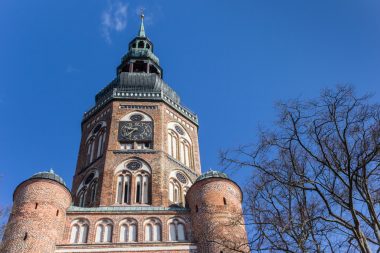
The landmark of Greifswald, the Cathedral of St. Nicholas, is a must for every visitor to the Hanseatic city. The imposing church building has the shape of a basilica. The main structure consists of 3 naves, with the middle one towering over the two outer ones. The copper-roofed central nave has a length of approx. 80 metres and a width of approx. 30 metres inside. The 99.97-metre-high west tower of the church can be climbed via 264 steps. At a height of 60 meters, you finally reach a viewing platform, from which a magnificent view over the city is possible. A visit to the Pomeranian State Museum in Greifswald is also recommended. In the museum hangs the unique Croÿ carpet, a tapestry almost 7 meters long and over 4 meters high. The museum also displays many exhibits on the history of the earth and historical cultural assets, as well as numerous paintings, including works by the famous German painter Caspar David Friedrich.
Rebuke
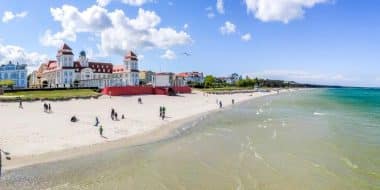
The final word goes to the island of Rügen. On Germany’s largest island, a popular destination is the legendary Königsstuhl. This fascinating chalk rock formation in the Jasmund National Park has been a tourist magnet for many years. From a height of 118 m above sea level. NN. offers the visitor a wide view of the Baltic Sea and the chalk cliffs in the area. Other sights include the Cape Arkona area monument, the Jaromarsburg temple fortress, the Sellin pier (the longest bridge on the island), the Granitz hunting lodge, the steam-powered narrow-gauge railway Rasenren Roland, the 1,250-metre-long and 4-17-metre-high treetop walk and the Prora, also known as the Colossus of Rügen.

